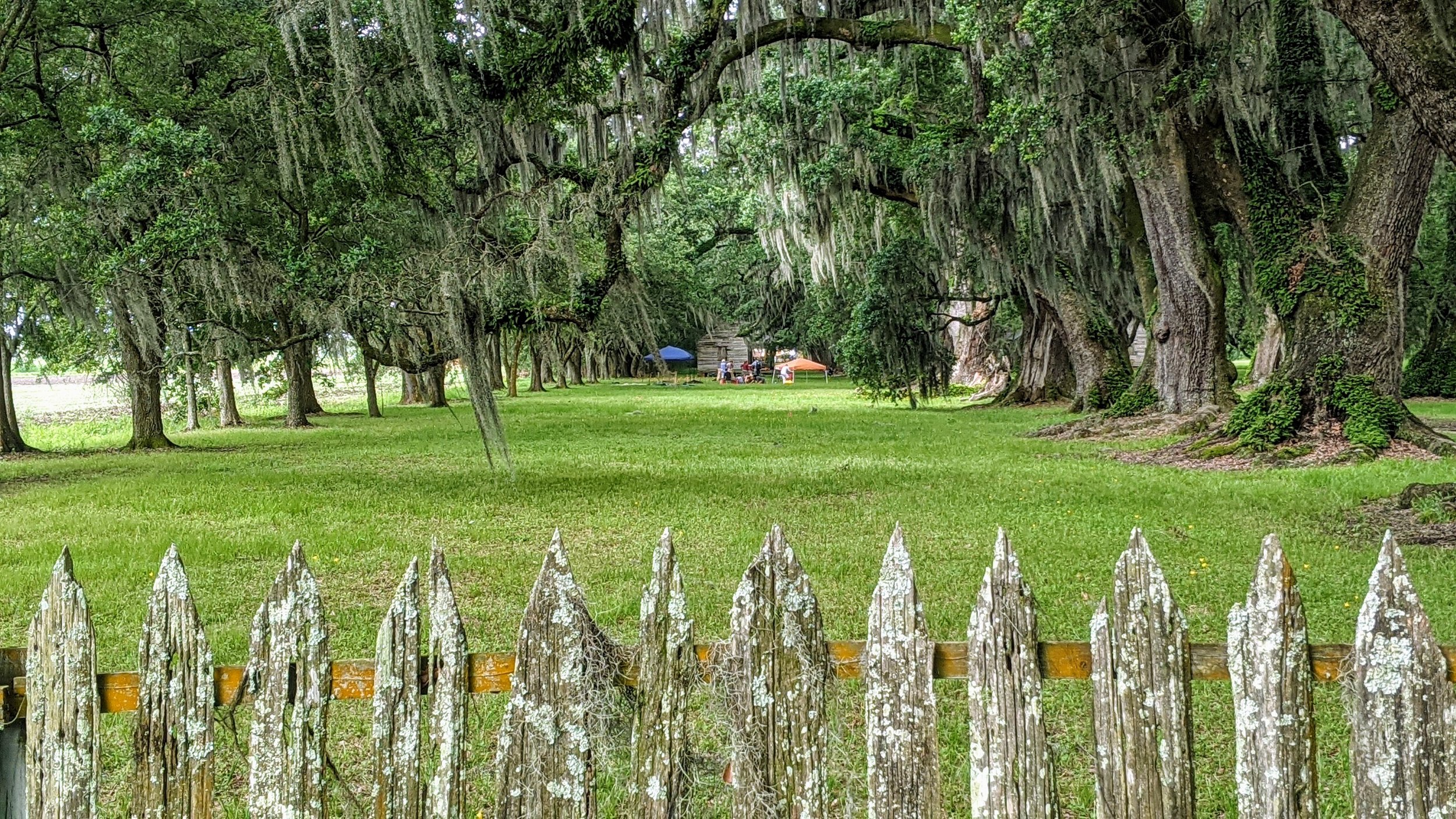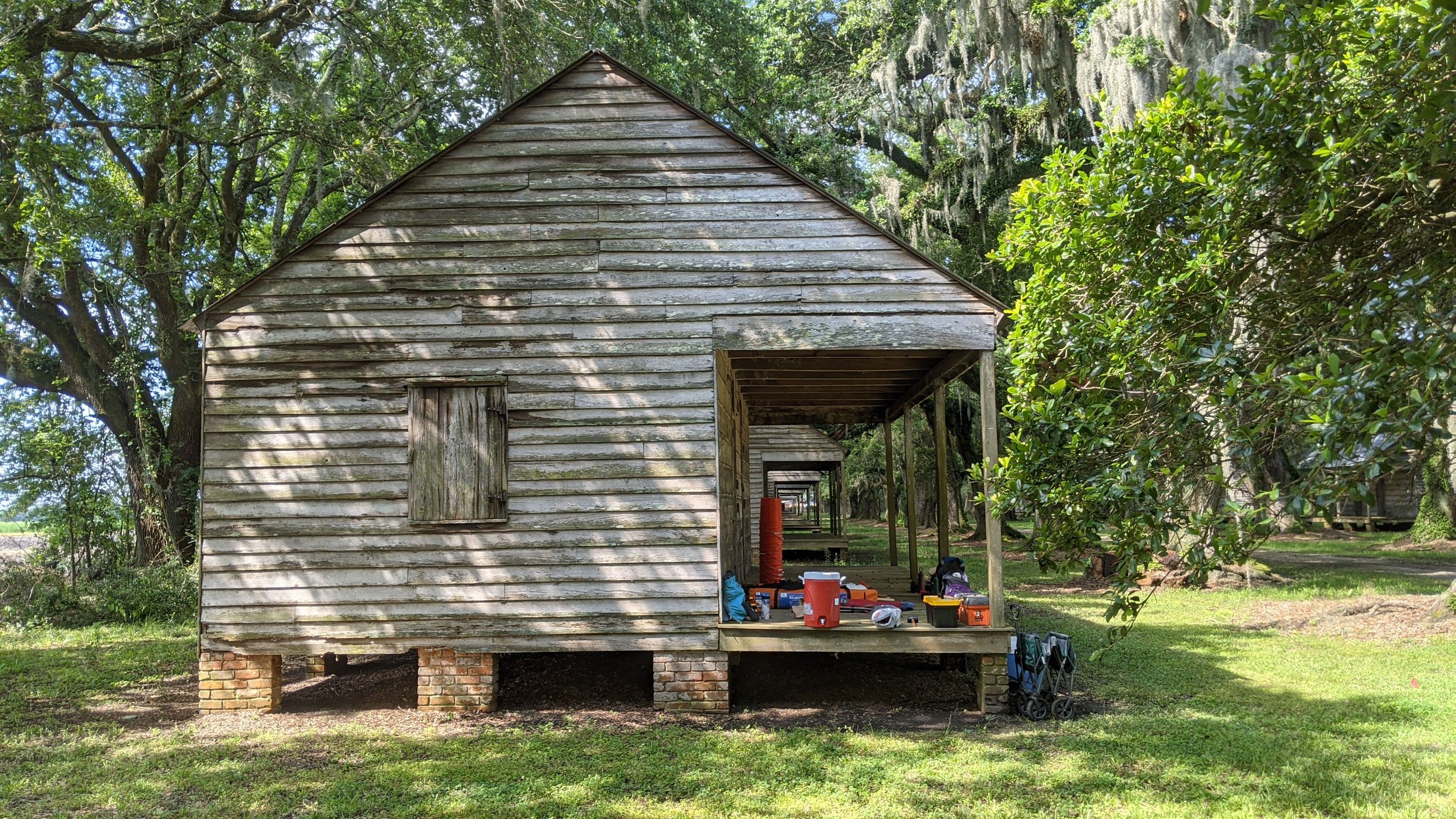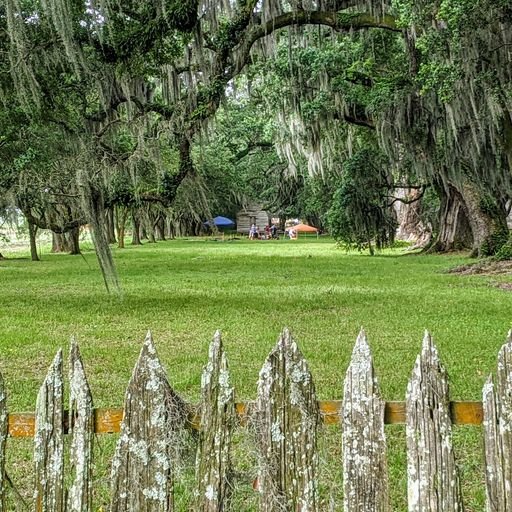
Project Background
History of Evergreen
-

In 1719, one year after the founding of New Orleans, the first ship containing 450 African captives made landfall in Louisiana amidst the exponential increase in chattel slavery in the Americas. By 1729, ten years later, Louisiana had a larger enslaved population than its colonizing population. During this decade, Evergreen’s founding Haydel family also arrived in Biloxi from Germany. After having enslaved three Africans, the Haydel patriarch eventually accumulated enough money to buy a large tract of land by 1752. After his death, his two sons split the tract into the current boundaries of the Evergreen and Whitney Plantations, and their respective agricultural industries and enslaved populations grew.
-

In total, Evergreen would go on to become a residence for over 400 enslaved individuals. Evergreen’s enslaved population lived in this double row complex, consisting of 22 cypress cabins. Twenty of them are two-room cabins with a central, double-sided fireplace in each. The remaining two are longer, four-room cabins and are in the middle of the complex on each side of the road. Although Evergreen’s cabins had to have been constructed in the early 19th century, their exact date of construction is unknown. Evergreen historians believe that during enslavement, families of about 4 or 5 people would have lived in each cabin.
-

However, after the Civil War and emancipation, those who remained at Evergreen to work as tenant farmers would have lived with perhaps a dozen or more people.
-

People lived in these cabins until the late 1940s when Matilda Geddings Gray bought the plantation and replaced provisions for the farmers’ living quarters with a higher wage, and many of these families re-rooted themselves elsewhere along River Road. Besides the tenant housing, the buildings of Evergreen sat derelict for about 20 years before Gray bought it from the bank and spared the property from demolition. Gray, with a passion for restoring historic architecture, diverted her attention to Evergreen. Specifically, she rerouted farming operations around the main complex via this beautiful live oak allée and enacted plans for restoring the remaining buildings; however, she never completed her vision.
Evergreen Today
maintaining the property and overseeing general repairs is Steve Fisk, the operations manager. His wife, Michelle, runs the welcome center when Evergreen is open to tourism, but she now fills in wherever is needed. Continually compiling and sharing narratives of the enslaved based on Evergreen’s archives is the Head of History and Interpretation, Katy Shannon. And the keystone is Evergreen’s Director, Jane Boddie. Due in part to Jane’s charismatic character and decades-long presence at Evergreen, local and descendant community members are often involved with, aware of, or learning about any of Evergreen’s research.
